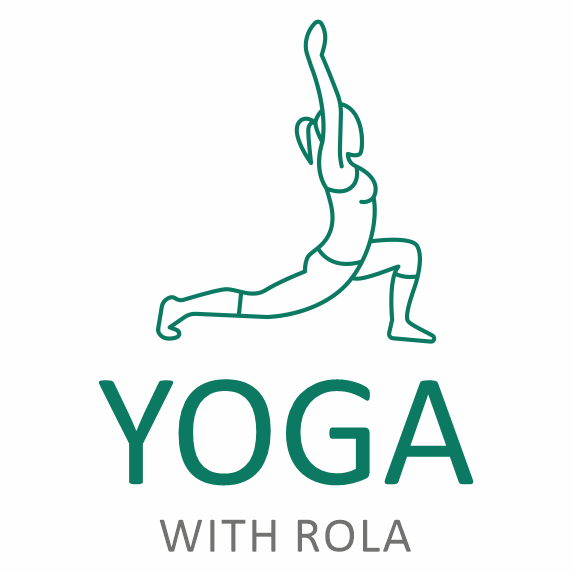Often, we think of yoga as a daily exercise routine, usually best practiced on an empty stomach in a dimly lit yoga studio or, during lockdown, in a quiet room. While the mat and the disciplined physical practice are a great way to access yoga and build a strong body, one should not ignore the many opportunities during the day when you can invite yoga and experience its physical, emotional and spiritual benefits.
A good starting point for anyone looking at benefiting from yoga in the “real world”, or off the mat, is to learn something about Patanjali’s Yoga Sutra, the eightfold path called Ashtanga, meaning “eight limbs” in Sanskrit. These act as guidelines and include ethical disciplines (Yama and Niyama), postures or the physical practice associated with modern day yoga (Asana), breathing exercises (Pranayama), control of the senses (Pratyahara), concentration (Dharana), meditation (Dhyana) and absorption (Samadhi).
The eight fold path of Patanjali are not necessarily meant to be practiced in a linear manner, i.e. you don’t need to do Asana to reach Dharana, but some yogis say that the first four limbs are required preparation for the second fourleading to higher consciousness. Whichever order, in my personal experience, the following four practices — inspired by these ancient guidelines to live a meaningful and purposeful life — have helped bring out the yogi in me in times when I needed to restore my balance most.
Practice calming breath exercises
Practicing Pranayama is especially useful when feeling physical tightness, caused by stress, creeping in. Many of us have spent most of the past year away from families and friends, and our nervous system has been in a heightened state of alarm. To counter this acute stress, try to take a few deep soothing breaths, expanding the inhale using diaphragmatic breathing, slow and low, and expanding even more the outbreath, gently drawing navel to spine.
In a typical yoga class, the breath is used in synchronicity with movement, but you can also practice simple Pranayama as an isolated technique to still the mind and calm the nervous system. If you are not sure where to start, next time you are feeling the first signs of anxiety, just place one hand on the belly and one on the chest, close your eyes and take long deep inhales to a count of three or four and longer deep exhales for a count of four or five. With time, you can develop your own meditation practice using the breath as the anchor point.
Widen the definition of Ahimsa
Ahimsa or non-violence is the first Yama (the first limb in the eight limbs of yoga) and is a personal favorite for times when things get tough and I begin to experience negative thoughts. While the literal translation connotes non-harm to others, Ahimsa also challenges negative feelings such as self-judgement, self-doubt and guilt. Practicing compassion to oneself first starts as you witness your thoughts and notice how they are making you feel.
Ahimsa asks us to treat ourselves as we would someone we love, our children, our parents, our friends. Next time you feel one of these emotions, give the a label (“this is self-doubt”, “this is the start of anger”, “this is fear”) and try to witness them with compassion and understanding before allowing them to pass.
Practice true meaning of Asanas
The Asanas or postures practiced in yoga, comprise the third limb. While the practice of rigorous asanas carries benefits to many yogis, the original objective of Asana was never to train towards fancy poses, but to prepare the body for higher level of awareness and meditation. In fact, in Sanskrit, the word literally means seat for the practice of meditation.
Finding balance of our mind, body and soul, with conscious movement and breathing during asana is therefore more important than achieving the “full expression” of pose itself.
Next time you find yourself slouching on the chair, try chair yoga and create your own Asana flow, moving your spine mindfully in different planes of movement, rotating the shoulders and creating space in the physical body which in turn will help release blockages in energetic body. Even when doing vigorous non-yoga related exercises, take it at a pace that feels right for you.
Tap into your Tapas
Tapas is part of the second limb of yoga Niyama and connotes discipline. Ancient texts describe yoga practice is a spiritual journey to clear the body and mind of old and destructive habit patterns that everyone has, called Samskaras in Sanskrit.
Tapas is committing to a task that will help you in the long run (like reading a few pages of a book every day) and sticking with that commitment. It might not be fun or feel even uncomfortable but at the end, it will make you closer to achieving your potential.
But as with all the other yoga principles, one thing remains constant, Yoga is the path of balance not extreme hardship, both on and off the mat.



Add a Comment